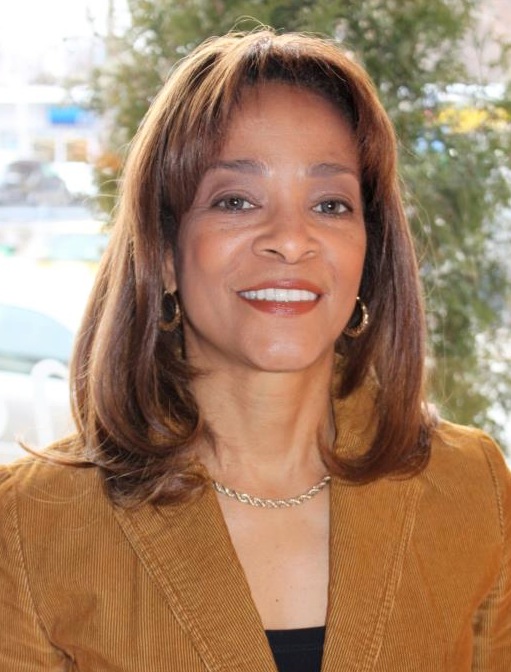We continue our series on City Council candidates with a Q&A with track coach and businesswomman Cheryl Keeling, who’s running to represent District 11, covering Kingsbridge, Riverdale, Woodlawn, and Norwood in the Bronx. Tuesday we ran a Q&A with Andrew Cohen, who serves as a CB 8 member and legal advisor to Assembly Member Jeffrey Dinowitz; tomorrow we will run replies from activist and food wholesaler Clifford Stanton. Candidate Ari Hoffnung, a deputy city comptroller, told Streetsblog that he does not reply to questionnaires.

Streetsblog: Riverdale was one of the first neighborhoods in New York to receive Slow Zone treatments from DOT, and an application is underway for Norwood. In your view, has the Slow Zone program been successful? Where else could it be considered in the district?
Cheryl Keeling: Yes, the Riverdale Slow Zone treatments have been effective in reducing the potential for vehicular accidents and fatalities and bringing awareness to the population and the community being served by the zone. A street that borders two districts that is in desperate need of a slow zone is 228th Street between Broadway and Marble Hill Avenue. This was the topic of much discussion at a town hall meeting at St. Stephen's Church with Senator Espaillat and others in March. The residents said that the cars speed around the corners as they use that street to avoid Broadway traffic. Because the street is so wide many times it is difficult for old people and women with carriages to get across before a car is upon them. A Slow Zone would force a break in the velocity and raise the level of consciousness of those behind the wheel.
SB: Select Bus Service has led to faster bus speeds on Fordham Road. Do you want dedicated bus lanes and other service improvements for bus riders elsewhere in the district, and if so, where?
CK: Dedicated bus lanes lead to faster speeds and have an overall impact of reducing traffic congestion. This is an improvement for riders and could be a more efficient system in areas that are densely populated, such as many of the arteries that feed into Webster Avenue in the area of Gun Hill Road and Montifiore Hospital. Surveys and community questionnaires would be a helpful tool in making a determination of other routes that could benefit from such service.
SB: The Parks Department is planning to pave the Putnam Line rail-trail in Van Cortlandt Park, to connect with the paved trail in Westchester County. Is this a project you support or oppose? Why?
CK: As a triathlete I love uninterrupted scenic trails including the Westchester trail, but I really love Van Cortlandt Park where I run and train in the hills and take in all that is the Northern Bronx’s most beautiful collection of nature’s finest commodities. Unless it was clear that this in some way was helpful to the park and an enhancement to the public, I would be inclined to oppose paving. We have enough asphalt, concrete and brick.
SB: How can the Council best use its powers to reduce vehicular deaths and ensure traffic justice citywide?
CK: A place to begin would be the precincts in the various communities in my district to determine problematic areas. Thereafter I would canvass the community, hold town hall meetings on the issue and speak with the community boards to identify unsafe areas. Once completed I would lobby the Transportation Committee which has jurisdiction over anything that rolls, floats and in some cases flies in the city to introduce for a hearing a comprehensive plan to ensure traffic safety.
SB: The MTA is a state agency, but what actions would you like to see the City Council take to fund and expand transit service?
CK: As a member of City Council I would first look to see what had been cut with an eye to restoration. The City Council can modify any attempts to cut transit service, lobby hard, make transit a priority and use one’s voice and persuasion to awaken other council members to the realization that transit safety and good service is not negotiable in a city the size of New York.





